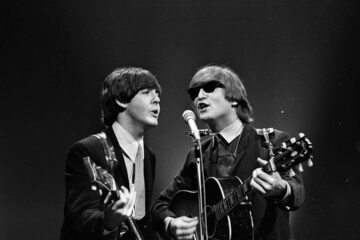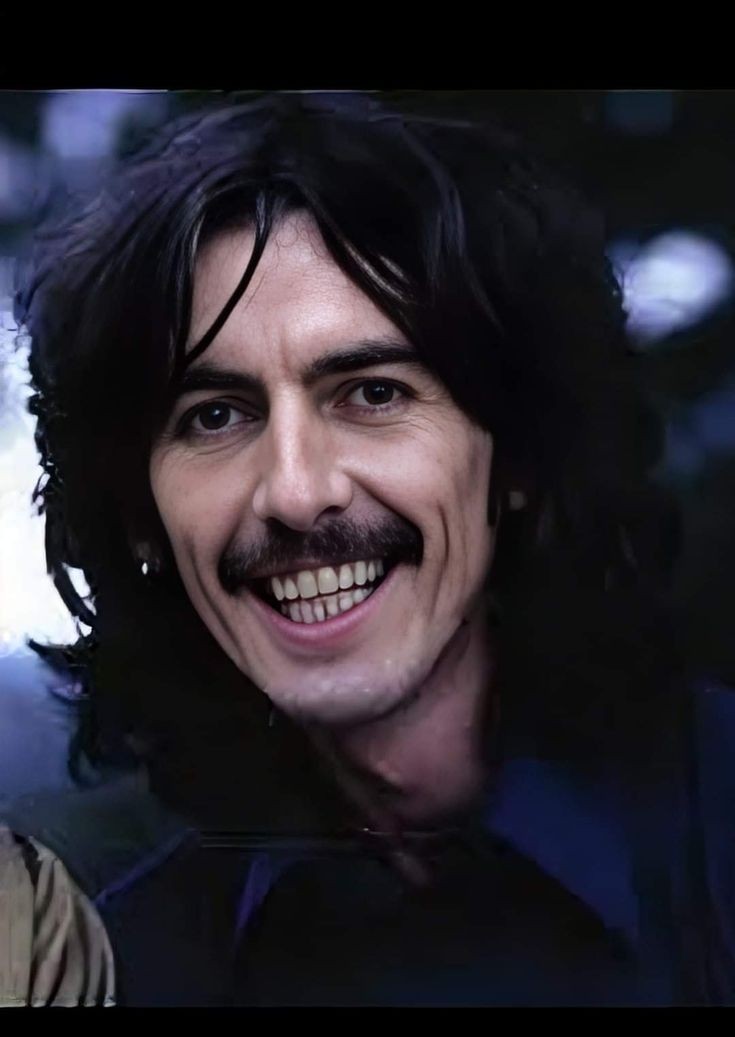The Beatles never claimed to be snobs regarding where they got their ideas. As long as it rolled off the tongue nicely and suited the music, John Lennon and Paul McCartney were known to work with nearly anything, even if it was abject nonsense like on ‘I Am The Walrus’. Although the band may have channelled their creative spirit into every piece they made, some of their greatest works came from the written word rather than any of their rock and roll idols.
From the first time Lennon had even picked up a guitar, he was just as interested in various works of literature. Aside from being a travelling musician, Lennon even thought enough of the medium to make his stabs at writing, creating the poetry books In His Own Write and A Spaniard in the Works while creating sonic marvels like ‘A Hard Day’s Night’ and ‘Help!’.
As the band started to stretch their limits in the studio, Lennon also found time to write songs based on his bookshelf. Taking their first stabs into the medium with ‘Paperback Writer’, Lennon and McCartney put together a song about a humble author trying to sell his manuscript to anyone who would read, featuring a reference to Edward Lear.
Although the track’s story was supposed to be a simple tale, Lennon wasn’t finished dipping his toes into the literary pool. As the band started getting more in tune with substances like LSD, Lennon used various excerpts from Timothy Leary’s The Psychedelic Experience for the track ‘Tomorrow Never Knows’, reading out different pieces of the text verbatim while creating a vast array of tape loops underneath his vocal.
Having come off the road in 1966, The Beatles found more time to be creative than ever before, turning Abbey Road Studios into their second home when creating albums like Sgt Pepper. Amid the innovative techniques they would pioneer on tracks like ‘A Day in the Life’, Lennon was still eager to keep his literary streak going, taking pieces of the novel How I Won the War for ‘A Day in the Life’ and using the iconic Lewis Carroll poem ‘The Walrus and the Carpenter’ as inspiration for ‘I Am The Walrus’.
However, Lennon wasn’t the only one looking to document his library in his tracks. Despite the massive team Lennon and McCartney were becoming in the studio, George Harrison was becoming a formidable presence as well. Taking a lesson from the I Ching, Harrison opened up to a random book page in his house and stumbled upon the phrase “gently weeps”, eventually writing the song ‘While My Guitar Gently Weeps’ around it.
Harrison’s love of Eastern philosophy would also crop up in the B-side ‘The Inner Light’. Taken from the philosophical writings of Tae Te Ching, this brilliant piece of Indian music is practically a mantra from Harrison, remarking that the farther one travels, the less one knows. Even though the band would continue to weave together different pieces of prose into their songs, McCartney arguably had the greatest lyrical lift they ever made.
When putting together their final album, Abbey Road, McCartney would take a page from poet Thomas Dekker as the basis for ‘Golden Slumbers’, helping bring the album’s final medley to a rousing climax. Even though The Beatles could spin anything into gold, it’s no surprise that pulling from different pieces of literature resulted in their most sophisticated pieces of music.



